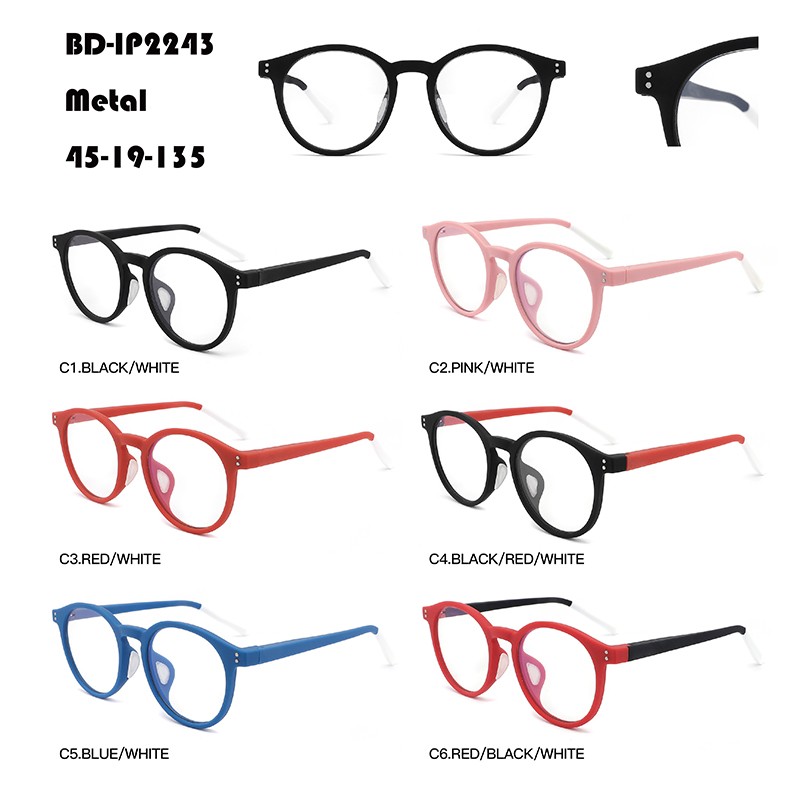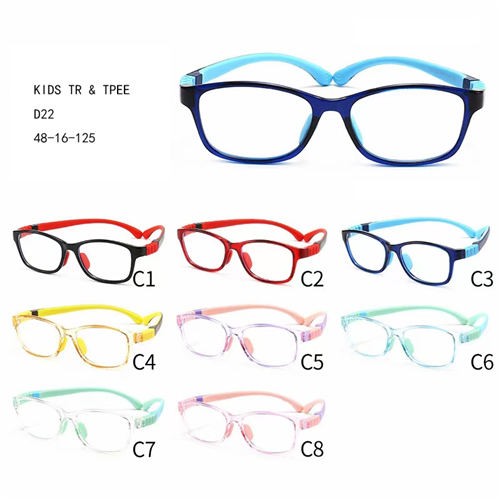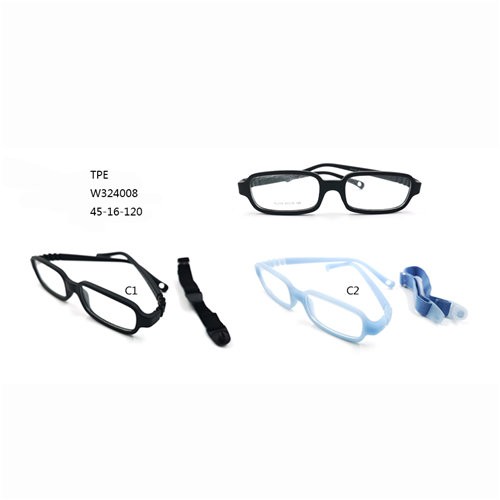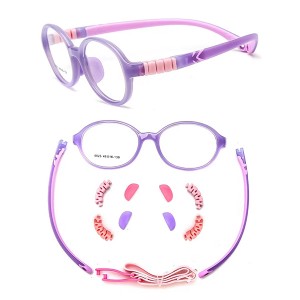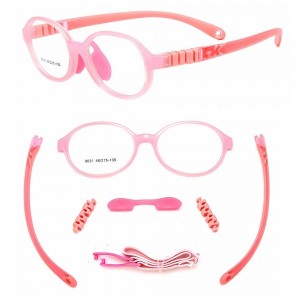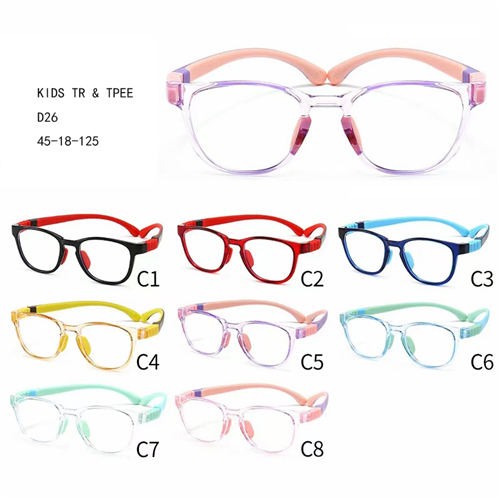Color Kids Eyewear W3672243
What is the difference between adult and child glasses
Children’s optometry is one of the main tasks of children’s optometry. Compared with adult optometry, children’s optometry has both commonalities and particularities. It is the intersection of paediatric ophthalmology, paediatric optometry and ophthalmology, with higher professional and technical requirements. It requires the operator not only to have ophthalmology knowledge, but also to have the foundation of pediatric ophthalmology and children’s optometry, but also to be an expert in optometry. Dealing with children’s refractive problems is both a technology and an art.
Glasses themselves are optical “drugs”, especially for children with strabismus and amblyopia. It must meet many requirements: correction of refractive errors, restoration of normal eye position (treatment of strabismus), treatment of amblyopia, comfortable and durable wearing, special functions (optical depression) and so on. Therefore, the fitting of children’s glasses is not competent for non-professionals.
As far as children’s optometry and glasses are concerned, it is a basic requirement to check static refraction (cycloplegia optometry, commonly known as mydriatic optometry), and it should not be convenient and contrary to the principle, especially for children who opt for optometry for the first time, children with strabismus and strabismus. farsighted children. The national health department has issued a standard requiring children under the age of 12 to undergo dilated optometry. According to the actual situation of the child, the receiving doctor can choose whether to use atropine eye ointment to dilate the pupil or compound tropicamide (rapid) to dilate the pupil. In principle, it must be used for esotropia, hyperopia, amblyopia, and preschool children, and rapid mydriasis can be considered in other cases.
After dilated optometry and mastering the child’s true diopter, the doctor can synthesize information from all parties and decide whether to prescribe glasses immediately, or wait for the pupil to return to normal and re-examine before fitting glasses. For children with esotropia and amblyopia, in order to treat the children with glasses as soon as possible, and to help the children adapt to wearing glasses, they should be prescribed immediately after dilated optometry and treated with glasses as soon as possible without waiting for pupil recovery. For pseudomyopia, the degree of myopia after mydriasis is often lower than the degree after mydriasis. When fitting glasses, the degree of small pupil should not be used as the criterion, but the degree of mydriasis should be used as the reference standard. Mirror, can avoid the pseudo-myopia distribution into.
Children’s glasses are different from adult glasses in function. Children’s glasses focus on treating eye diseases, while adult glasses focus on improving vision. Therefore, some children’s vision after wearing is even worse than before wearing glasses, which not only makes many parents unable to understand, but also makes many professionals who specialize in optometry also unable to understand. This often creates a small misunderstanding between parents and doctors. For children with myopia, glasses can improve vision, eliminate fatigue, coordinate the muscles inside and outside the eyes, and prevent myopia from deepening. For children with hyperopia, anisometropia, strabismus, amblyopia, etc., glasses are sometimes used to treat eye diseases, which is a prerequisite for future vision improvement.
Another major feature of children’s glasses is that the power of the lenses needs to change with the power of the eye. Because children are still in the process of growth and development, especially preschool children and adolescents. Preschool is a critical period for visual development, the degree of hyperopia gradually decreases, and the development of the eyeball is close to that of an adult. Adolescence is the second peak of eye development, and myopia mostly appears at this stage and gradually deepens, and stops at the end of puberty. Therefore, most children need fast optometry every year, some younger children even need fast optometry for half a year, check their vision every 3 months, and replace glasses or lenses in time according to changes in eye degree. Wear for a few years.
Due to the continuous development of myopia in children, the research on controlling the development of myopia has always been a research hotspot in the industry. Although there is still no effective cure, two types of contact lenses, contact lenses and RGP, can still be regarded as slowing down or even controlling children’s myopia. It is a more effective way to develop, which has been generally recognized by the industry. With the gradual maturity and scientific development of lens material, design, processing technology, fitting operation, and lens care technology, its wearing safety is also getting better and better.

















